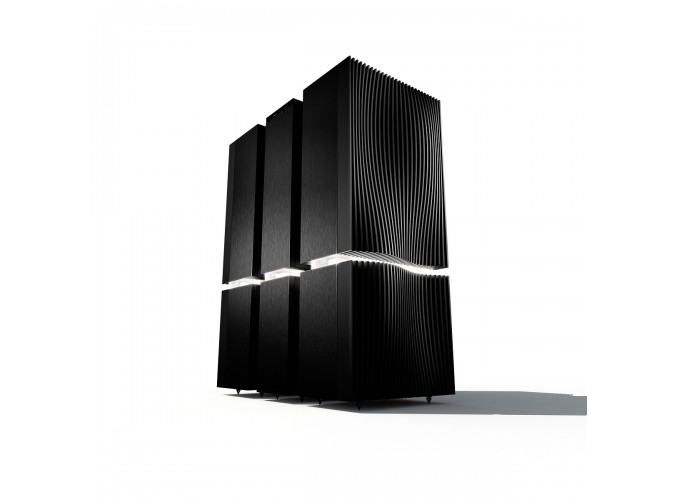DSJR
Major Contributor
YES - just invest in some 1980's HiFi Choice amp books where the 32/Snaps then Hicap/250 and 135's were measured.Do you have any proof of what you said?
Sonically recommended by Martin Colloms, he still referred to the band limited and forward kind of presentation with limited reproduction of depth. I admit this was before the 52 preamp came along and developments of the 32.5 and 72. I may try to scan these reviews as SINAD is somewhere in the 70's and IMD at 19 + 20khz is worse. the Quad 405-2 with 34 preamp wasn't any better either back then - good enough it was and that was that! I'll see if I can do a scan or two and you can see for yourself and interpret it.
P.S. The NAP 250 amp changed a lot in its time. I rather liked the original bolt up 1970's version, but a colleague with full tri-amped active Isobarik system (bought after we visited JV at his home and heard and enjoyed his well set up system) found the amps started to drift off thermally and the 'sound' going off a bit. Back to Salisbury they went and were 'serviced,' coming back worse than before. JV was horrified, 'had words' with the service guy who subsequently left to start his own short lived amp company (Audio Vois I think it was called) and Julian personally took the amps back and set them up jimself. While there and subjectively testing them to my colleague, he compared them to the then new CB-era 250, which despite the same circuit apparently, sounded harder in timbres and more 'percussive/driven, where the bolt up three there had a looser and more 'musical' subjective sound. Post 2000, the casework took a step up and circuit layouts have evolved again. I believe there are a couple of electrolytics which suffer and cause drift in older models (hence the 'need' for servicing every ten years or so in old models), but I get the impression the post 2000 ranges are rather better here (I think they use surface mount on their boards these days too).
I do agree all this seems implausible, but circuit layout and amp set-up really did seem to make a sonic difference back then. Mind you, the tech performance was such I'm not surprised. naim used and maybe still do, have cables with no internal (or I believe external) shielding of the left and right conductors plus a 24VDC line in the SNAIC cables and the supply to power amp cables were simple three core mains wire with DIN at one end and a sister-company non locking 'XLR' at the other. Since JV's passing, RCA sockets appear here and there and this has helped I'm sure, for non Naim owners to buy into the brand.
Last edited:

